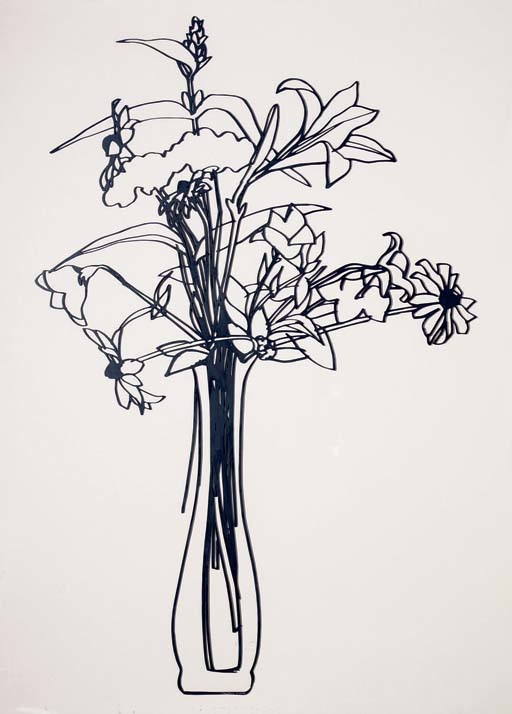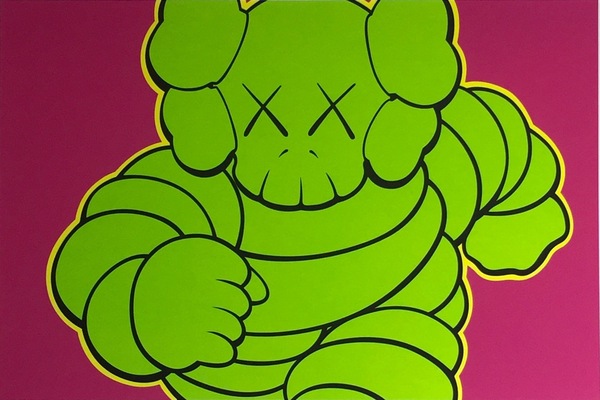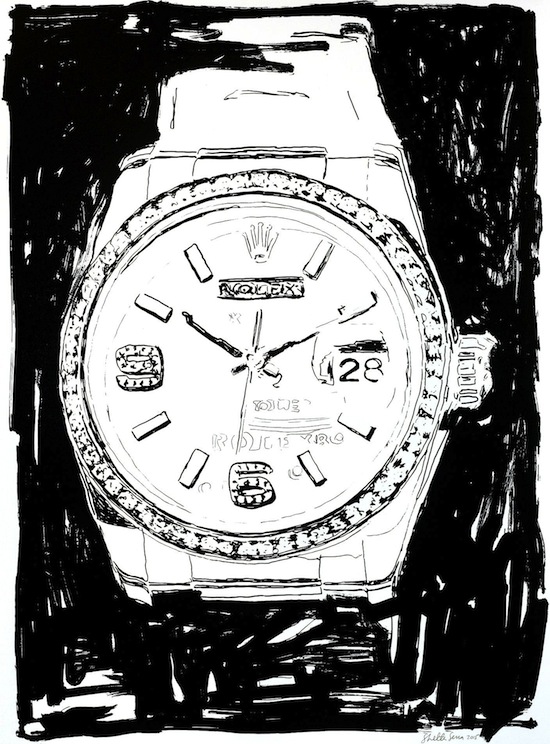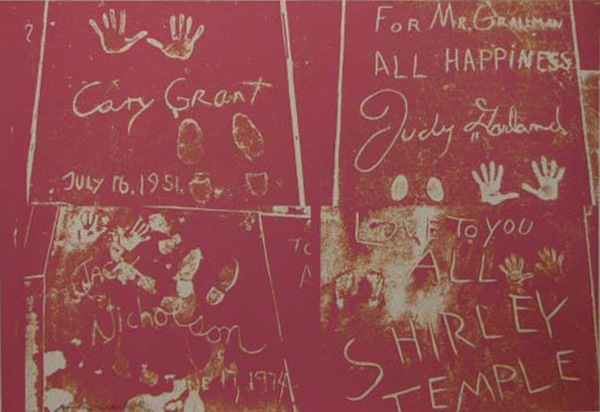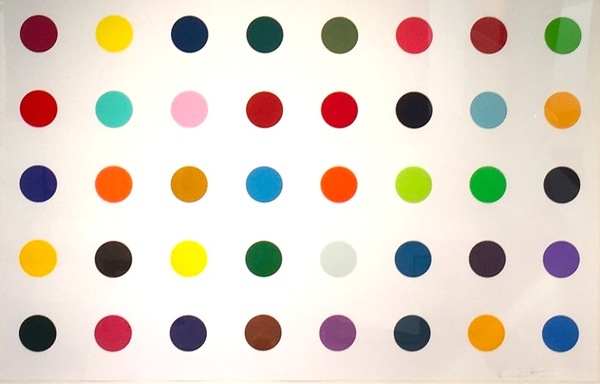|
FRANK STELLA
Del Mar, from Race Track Series
1972
Screenprint
20 1/4 x 80 in.
Edition of 75
Pencil signed, dated and numbered
About This Work:
Frank Stella first emerged on the scene in the late 1950s, when his Minimalist Black Paintings heralded a new era in postwar art. In the years since then, he has worked consistently in series, pioneering new approaches to form, color, narrative, and abstraction with innovative paintings, prints, sculptures and architectural installations.
Stella moved to New York in 1958, after his graduation at Princeton University. He still lives and works in New York, and he is one of the most well-regarded postwar American painters still working today.
In 1970, at the age of 34, Frank Stella became the youngest artist ever to receive a full-scale retrospective exhibition at the Museum of Modern Art, New York. He received a second retrospective at the same institution in 1987 — an unprecedented occurrence in the museum’s history.
The story of Stella’s artistic development is the story of ever-increasing visual complexity. When he burst upon the art world at the end of 1959, it was with a series of large rectangular canvases painted entirely in a dull black enamel. The surface of each painting consisted of a simple geometric pattern — uniform chevrons, for example, or interlocking rectangles — that was formed by thin, slightly wavering lines of unpainted canvas. There was no color, no contrast of forms or materials, no illusionistic depth or drawing. As Stella put it in an often-quoted interview from 1964, in those paintings “what you see is what you see”.
Stella creates abstract artworks that bear no pictorial illusions or psychological or metaphysical references.
He began to produce works which emphasized the picture-as-object, rather than the picture as a representation of something, be it something in the physical world, or something in the artist’s emotional world.
His controlled colors, flat surfaces and rigid forms are once again the main features of his Race Track Series. This work, as well as his others from this period of Stella’s career, can be seen to have inaugurated the Minimalist movement in art. Stella’s attempt to pare down painting, to purge it of extraneous gesture, warmth, and emotion made his work appear almost as a species of anti-painting, an inversion of everything that painting stood for and expressed.
Del Mar is part of a set of three large-scale, oblong prints, from the Race Track Series. These screen prints are named after two horse-racing tracks in Los Angeles, titled “Del Mar” and “Los Alamitos”, and one in Mexico, titled “Agua Caliente”.
Printed on heavy rag paper, the centered, concentric tracks receive their visual immediacy and variety from lively color harmonies, saturated deposits of inks and contrasts of matte, glossy and standard ink surfaces.
With a career extended across more than half a century, Stella both holds an important place in the history of American art and maintains contemporary relevance as his work continues to influence younger generations of artists.
The art market has seen an increase in demand and in auction prices in the print work of Frank Stella over the last few years. Much of this is due to the nature and importance of his work conceptually as a response to the art movement before him.
His retrospective at the Whitney Museum of American Art in New York earlier this year, and the fact that he is 80 years old, have also brought more attention to his print work as well.
The art world will never see another Frank Stella again.
|


